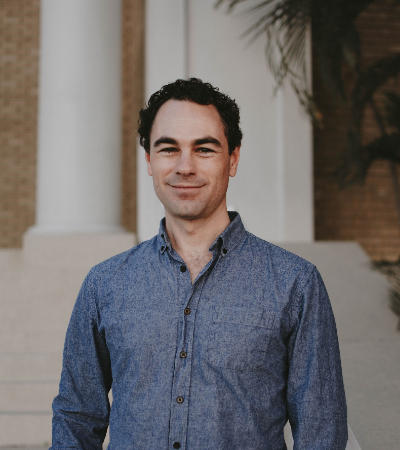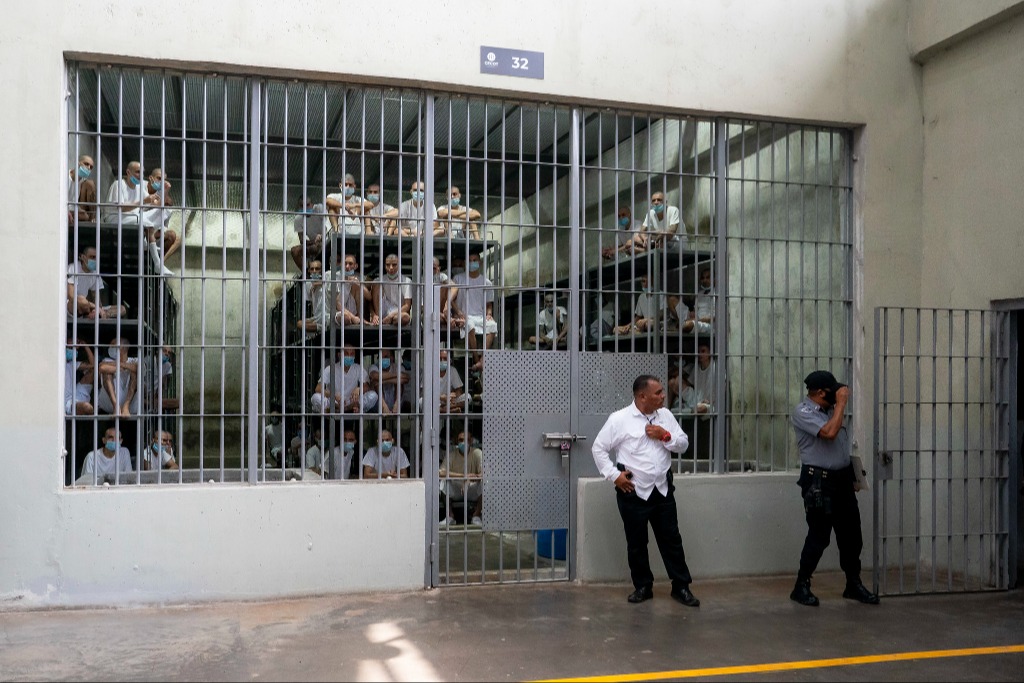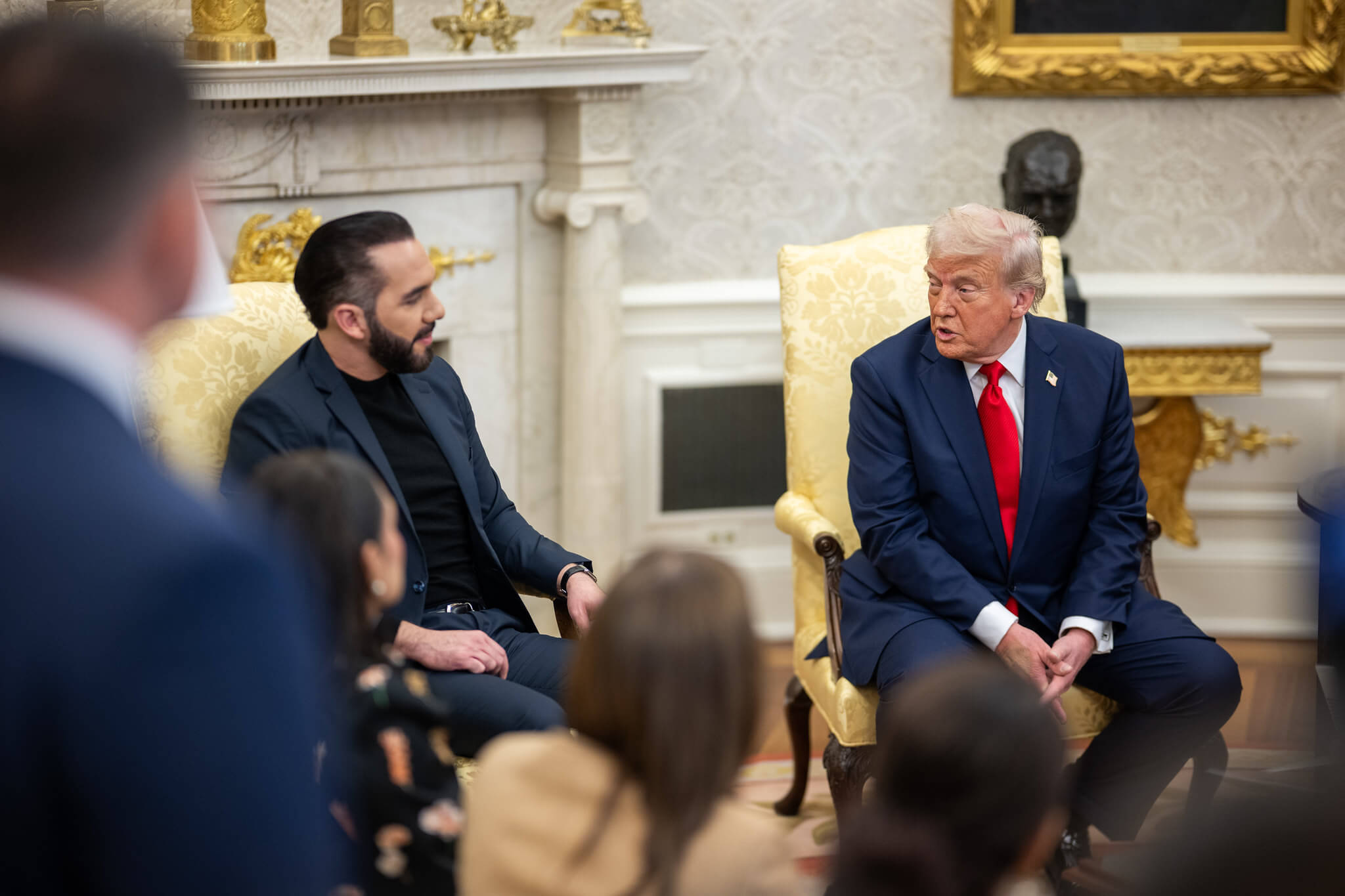Iran Still Complying with Nuclear Deal, Rebel Coalition in Yemen Bends but Doesn’t Break, U.S. and Hezbollah Fight over Islamic State in Syria
IAEA Verifies Iran’s Compliance with Nuclear Deal
Published by The Lawfare Institute
in Cooperation With

IAEA Verifies Iran’s Compliance with Nuclear Deal
Despite President Donald Trump’s recent threats to declare Iran out of compliance with the Joint Comprehensive Plan of Action, the International Atomic Energy Agency, the organization actually tasked with monitoring the deal’s implementation under the terms of the agreement, once again certified that Iran is fulfilling its obligations in its latest quarterly report, filed last week. The report, which is not public but was shown to several media organizations, confirms that Iran is keeping its enrichment and stockpile of low-enriched uranium below the caps set out in the Joint Comprehensive Plan of Action (JCPOA). In a statement, the U.S. State Department said that it has “full confidence in the agency and its highly skilled and professional inspectors.”
But the report comes after weeks of bluster from the Trump administration. “If it was up to me, I would have had them noncompliant 180 days ago,” Trump told the Wall Street Journal after the State Department certified Iran’s compliance to Congress in July. Reports followed that the administration was making preparations to declare Iran in violation of the agreement in its next review. And in August, U.S. Ambassador to the United Nations Nikki Haley even traveled to Vienna to meet with IAEA officials to discuss U.S. concerns. “She conveyed that the IAEA will need to continue to robustly exercise its authorities” in tracking the agreement’s implementation, one U.S. official told the Washington Post, “including access to undeclared and military-affiliated sites where the agency has questions about nuclear-related activities.” The IAEA has said that they do not see an immediate need to inspect military sites and Iranian President Hassan Rouhani has declared the sites off limits.
A lot has changed in the White House over the past month, and it is unclear how much vitriol Trump still has toward the agreement after the departure of several administration figures close to the president. John Bolton, a former U.S. ambassador to the United Nations who now works at the American Enterprise Institute, complained in a recent piece for National Review that he could not arrange a meeting with the president to discuss his proposal for U.S. withdrawal from the JCPOA—an apparent allusion to an effort by John Kelly, who replaced Reince Priebus as chief of staff at the end of July, to more closely manage access to Trump. “Steve Bannon asked me in late July to draw up … a game plan [for leaving the Iran deal] for the president,” Bolton writes in his introduction, but goes on to say that “staff changes at the White House have made presenting it to President Trump impossible.”
[T]he Trump administration has already been implementing the first two steps of [Bolton's] four-point plan.
Bolton’s proposal is a recipe for disaster, but his grievance seems to be more based in loss of access to the Oval Office than any difference in policy. In fact, the Trump administration has already been implementing the first two steps of his four-point plan. Bolton suggests that the administration should begin by holding “early, quiet consultations with key players … to tell them we are going to abrogate the deal,” and follow this with the release of a “documented strategic case for withdrawal through a detailed white paper.” As noted in previous editions of the Middle East Ticker, these things are already happening: The Associated Press reported in late July that U.S. diplomats were meeting with European officials to discuss potentially withdrawing from the agreement, and Foreign Policy disclosed that the president had tasked an in-house team to write a report making the case for abrogation separate from the State Department’s periodic reports to Congress on the deal.
The administration’s internal effort to make the case for breaking from the JCPOA appears to still be in the works. The Guardian reported last week that members of the intelligence community are feeling pressured by the White House to produce intelligence that would find Iran in violation of the agreement and justify a U.S. withdrawal. “It stands the intelligence process on its head,” Former CIA Deputy Director David Cohen told CNN about the administration’s approach to Iran. “If our intelligence is degraded because it is politicised in the way that it looks like the president wants to do here, that undermines the utility of that intelligence all across the board.”
Bolton’s plan goes on to stress continued diplomatic engagement with partners and a messaging strategy for Congress; no part of it addresses how to contain Iran’s nuclear program should Tehran choose to also leave the agreement, increase enrichment, and reactivate its weapons development—a likely outcome of Bolton’s gambit. Even critics of the JCPOA sympathetic to Bolton’s argument have noted that his plan rests squarely on bringing the U.S. partners in the agreement—Britain, France, Germany, China, and Russia—along with the Trump administration, and that seems beyond unlikely. It’s to Kelly’s credit that such sloppy work won’t be presented to the president as expertise.
For what it’s worth, U.S. partner states in Europe are hearing the administration’s complaints. They’re even receptive to some of them, and are looking for ways to assuage U.S. concerns. Last week, French President Emmanuel Macron said that he hopes the JCPOA can be used as a foundation for follow-up agreements to address other outstanding issues, including Iran’s ballistic missile development and the status of Iran’s nuclear program after some of the JCPOA’s provisions begin to expire in 2025. That’s a more productive approach to managing Iran’s nuclear program, and unlike plans to tear up the deal (and years of work along with it), U.S. partners are eager to help.
Yemeni Rebel Factions Clash in Sanaa
Mounting tensions within Yemen’s rebel coalition in Sanaa flared into street fights last week. The clashes occurred as former President Ali Abdullah Saleh tried to assert greater influence in his alliance with Houthi rebels. Part of Saleh’s strategy was a convention commemorating the 35th anniversary of the establishment of his party, the General People’s Congress (GPC), intended as a political show of force for the Saleh faction. Houthi rebels struck back on Saturday, August 26, setting up a security checkpoint near a Saleh stronghold; two Houthi soldiers and Col. Khaled Al Radi, a senior GPC party official, were killed in an ensuing altercation.
Both the Houthi and Saleh leadership were quick to try to stanch further escalation. The two sides met the following Monday to try to resolve the crisis, and there have been no further clashes. But tensions continue to run high in the capitol. Last week, Saleh issued a public demand for the arrest of the men that killed Radi and both sides are keeping militias on alert in Sanaa.
[The cholera] epidemic crossed the border into Saudi Arabia for the first time this week: a hospital in Jajan ... confirmed that they they are treating five individuals...
The humanitarian crisis in the country remains dire. This past week, international media outlets reported the death of Abdullah Alkhamesi, the founder of the Yemeni branch of the Red Crescent and a former head of the country’s doctors’ union; one of many preventable deaths in the conflict, Alkhamesi died after surgeons could not obtain basic medical equipment for a heart surgery and he could not be transferred abroad to seek treatment because of travel restrictions imposed by the war. Yemen’s medical infrastructure has largely collapsed over the past two years, making an outbreak of cholera in the country all the more deadly. That epidemic crossed the border into Saudi Arabia for the first time this week: a hospital in Jajan, near the Yemeni border, confirmed that they they are treating five individuals infected with the same strain of cholera that has proliferated to the south. In addition to the ongoing crises of disease outbreak and food insecurity, the southern Yemeni cities of Ibb and Taiz were struck by heavy rains and severe flooding this past week that killed at least 15 people.
Islamic State Caught Between U.S. and Assad Regime’s Frontlines
The U.S. and the Assad regime’s very different approaches to fighting the Islamic State have intersected in a stretch of desert between Aleppo and Raqqa. That’s where a convoy of buses transporting Islamic State fighters and their families from the Syria-Lebanon border under the terms of a ceasefire brokered by Hezbollah has stalled after their planned route to Islamic State territories in the east were blocked by U.S. airstrikes. U.S. officials have complained that the deal simply shifts the fighters to being a problem for U.S.-backed forces in eastern Syria. "IS is a global threat,” Colonel Ryan Dillon, a coalition spokesman, told AFP. “Relocating terrorists from one place to another for someone else to deal with is not a lasting solution.” But Hezbollah Secretary General Hassan Nasrallah took issue with this characterization, noting that pro-regime forces are pushing east as well. "We transferred these defeated fighters from a front where we are battling to another front where we are battling," he said.
Nasrallah isn’t entirely wrong. Regime forces are pushing farther east into Islamic State territory, and this morning Hezbollah announced that they had broken through to a regime outpost in Deir Ezzour that has been besieged for the past three years. But the displaced Islamic State fighters were headed even farther east to the town of Albukamal, near the border with Iraq. That drew the concern of not only U.S. officials, but Iraqi leaders as well. Prime Minister Haider al-Abadi called the arrangement “unacceptable” and an “insult to the Iraqi people.” All of which led the U.S. coalition to bomb the convoy’s route and several of its vehicles. The buses have now been halted near Suknah for more than a week receiving periodic resupplies of food and water. Hezbollah has complained that the convoy’s isolation is jeopardizing the lives of civilians on board the buses, but U.S. officials have said they will not interfere with the delivery of aid and noted on Monday that several of the buses have been allowed to double back toward Palmyra, into territory held by the regime.
Now three months into the battle, U.S.-backed Syrian rebel forces have retaken 60 percent of the city—including, as of this weekend, the old city district.
If the convoy had made the passage to Albukamal, it would have passed south of Raqqa, which remains the frontline of the U.S.-backed fight against the Islamic State. Now three months into the battle, U.S.-backed Syrian rebel forces have retaken 60 percent of the city—including, as of this weekend, the old city district. The progress has been coupled with a severe civilian toll. Monitoring group Airwars reports that they have received credible information about at least 860 civilian deaths, and another estimated 10,000 civilians are trapped in the city without reliable access to food or clear water.





